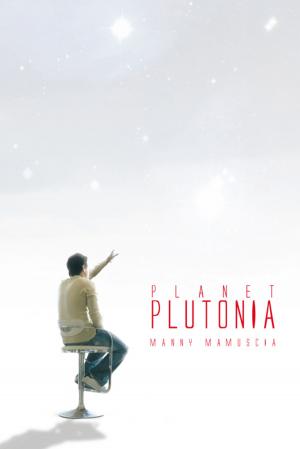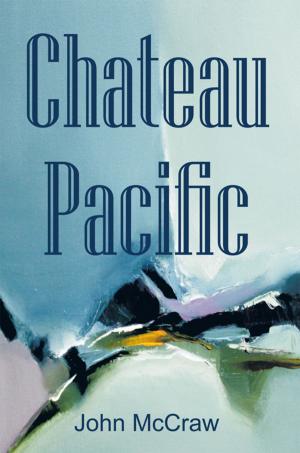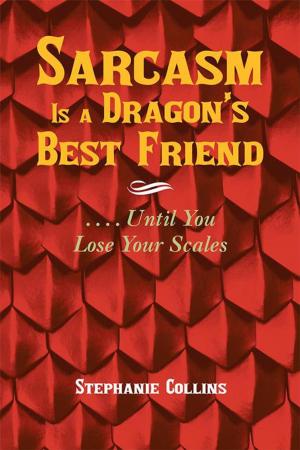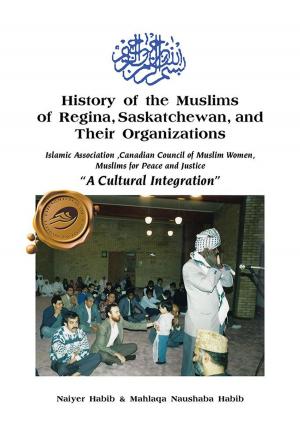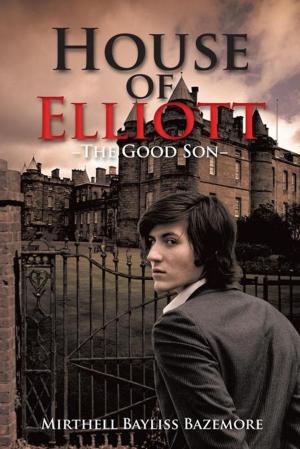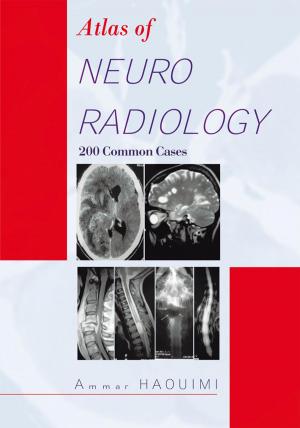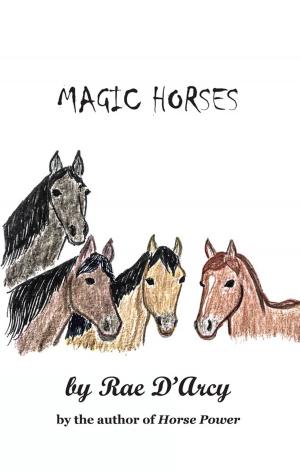| Author: | Jack Hedman | ISBN: | 9781466910201 |
| Publisher: | Trafford Publishing | Publication: | April 2, 2012 |
| Imprint: | Trafford Publishing | Language: | English |
| Author: | Jack Hedman |
| ISBN: | 9781466910201 |
| Publisher: | Trafford Publishing |
| Publication: | April 2, 2012 |
| Imprint: | Trafford Publishing |
| Language: | English |
The Gift of Gab: A Collection of Recollections is a very appropriate choice for a title. I have good reason to believe that the art of storytelling is disappearing. This is my fi rst attempt at writing a book. I am hoping that in a small way, I will be able to reach out to people in order to convince them that there is signifi cant merit in being able to connect in a personal manner. A few years ago, I listened to a presentation on demographics. The delivery was very smooth and polished. The essential message was that the older generation was doing a poor job communicating with the youth. This new generation makes connections in an entirely different way than their parents. We were told that if we want to connect, we had to become familiar with the new communication vehicle, the electronic media. This is a generation of instant gratitude along with instant results. The use of cell phones, iPads, tablets, computers has become second nature to our youth. They can get answers very quickly simply by using Google. It has reached the point where writing and spelling have lost considerable value. We are encouraging a new generation that will develop muscular thumbs and a language that will be foreign to us. I do not pretend to have answers, nor do I believe that this change is necessarily a bad thing. However, I do believe that we have the power to enhance the connection with children at a very early age. We have an opportunity to preserve special moments by taking some time to read or tell stories that hold meaning for children when they are still young enough to believe. Sid Asselin was a master storyteller. I coached a lot of high school sports while living in Fort Frances. Our closest rival was one hundred kilometers away, four hundred kilometers for the most distant. On these trips, Sid was our driver, and he could stretch out a story for hours. This audience probably averaged sixteen years in age. They would get quite caught up in it all. I had two nieces and a nephew growing up in southern Ontario who believed that Uncle Jack lived in the wild woods of Ontario. When they were young, every visit I made led to the same requeststell us the story about how . . . saved your life. I had no idea at the time what kind of impact these stories would deliver. As young adults, they made a request to me to record on paper the substance and silliness that went into these tall tales. Now that they have young children of their own, I have a strong sense of the rationale for that request. I wish I could remember more of his stories, but the epic of a beaver, the blind moose, and the legend of Fallen Rock should adequately help fulfi ll my goal. This book should hold appeal for parents also because it does hold a few smatterings of how our own parents took liberty in stretching the truth in order to make a point. I hope that you enjoy this book and find motivation to share some stories of your own, true or nonsensical, with your children or grandchildren.
The Gift of Gab: A Collection of Recollections is a very appropriate choice for a title. I have good reason to believe that the art of storytelling is disappearing. This is my fi rst attempt at writing a book. I am hoping that in a small way, I will be able to reach out to people in order to convince them that there is signifi cant merit in being able to connect in a personal manner. A few years ago, I listened to a presentation on demographics. The delivery was very smooth and polished. The essential message was that the older generation was doing a poor job communicating with the youth. This new generation makes connections in an entirely different way than their parents. We were told that if we want to connect, we had to become familiar with the new communication vehicle, the electronic media. This is a generation of instant gratitude along with instant results. The use of cell phones, iPads, tablets, computers has become second nature to our youth. They can get answers very quickly simply by using Google. It has reached the point where writing and spelling have lost considerable value. We are encouraging a new generation that will develop muscular thumbs and a language that will be foreign to us. I do not pretend to have answers, nor do I believe that this change is necessarily a bad thing. However, I do believe that we have the power to enhance the connection with children at a very early age. We have an opportunity to preserve special moments by taking some time to read or tell stories that hold meaning for children when they are still young enough to believe. Sid Asselin was a master storyteller. I coached a lot of high school sports while living in Fort Frances. Our closest rival was one hundred kilometers away, four hundred kilometers for the most distant. On these trips, Sid was our driver, and he could stretch out a story for hours. This audience probably averaged sixteen years in age. They would get quite caught up in it all. I had two nieces and a nephew growing up in southern Ontario who believed that Uncle Jack lived in the wild woods of Ontario. When they were young, every visit I made led to the same requeststell us the story about how . . . saved your life. I had no idea at the time what kind of impact these stories would deliver. As young adults, they made a request to me to record on paper the substance and silliness that went into these tall tales. Now that they have young children of their own, I have a strong sense of the rationale for that request. I wish I could remember more of his stories, but the epic of a beaver, the blind moose, and the legend of Fallen Rock should adequately help fulfi ll my goal. This book should hold appeal for parents also because it does hold a few smatterings of how our own parents took liberty in stretching the truth in order to make a point. I hope that you enjoy this book and find motivation to share some stories of your own, true or nonsensical, with your children or grandchildren.

